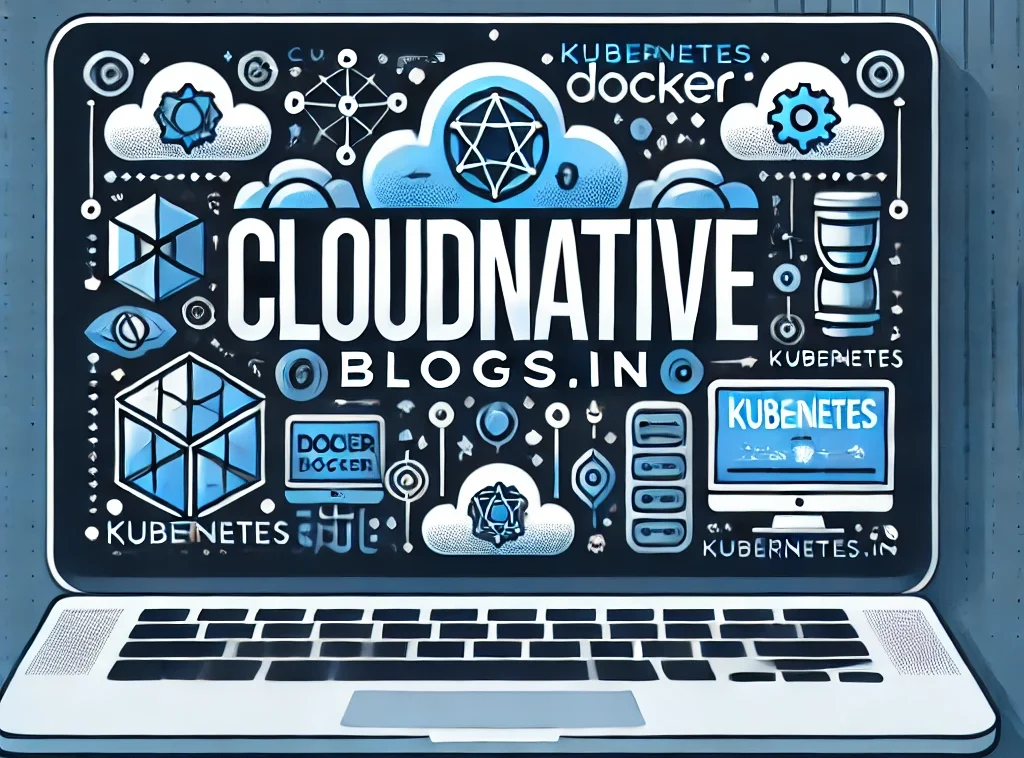Microservices architecture offers businesses a flexible and scalable approach to application design, enabling efficient resource allocation and independent scaling of components to meet dynamic user demands.
How Test-Driven Development (TDD) Enhances Code Refactoring and Maintains Software Quality
Test-Driven Development (TDD) ensures safe and efficient code refactoring by providing a safety net of automated tests, fostering clean code design, and enabling continuous improvement without compromising software functionality.
Understanding Software Technical Debt: Identification, Management, and Best Practices
Software technical debt is the cost of quick fixes that hinder future development. Learn how to identify, prioritize, and manage technical debt effectively for cleaner, scalable, and maintainable code.
Shift-Left Testing: The Key to Accelerating Quality in Agile Development
Shift-left testing accelerates software quality by moving testing activities earlier in the Agile development cycle, enabling faster feedback, cost savings, and better collaboration for continuous delivery.
Waterfall vs Agile: Choosing the Right Development Methodology
Waterfall and Agile are two distinct software development methodologies. Waterfall follows a linear approach, while Agile emphasizes flexibility, customer collaboration, and iterative development cycles. Choose wisely based on project needs.
Navigating Dependency Complexity: Effective Strategies for Software Engineers
Managing complex dependency trees is essential for software engineers. Discover effective strategies to enhance functionality and security without compromising performance.
Agile Adaptations: Enhancing Modern Software Development
Explore strategic adaptations and technology integrations to optimize Agile methodologies for modern software development challenges, ensuring flexibility and efficiency.
